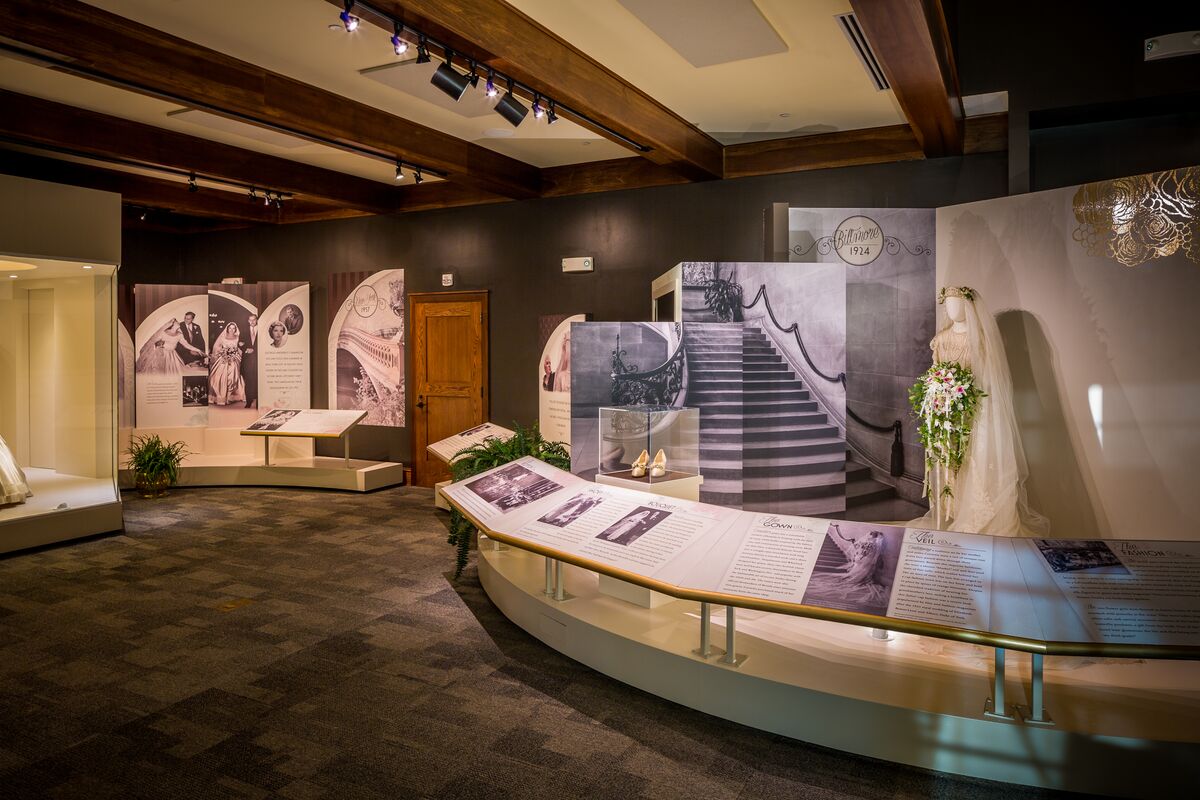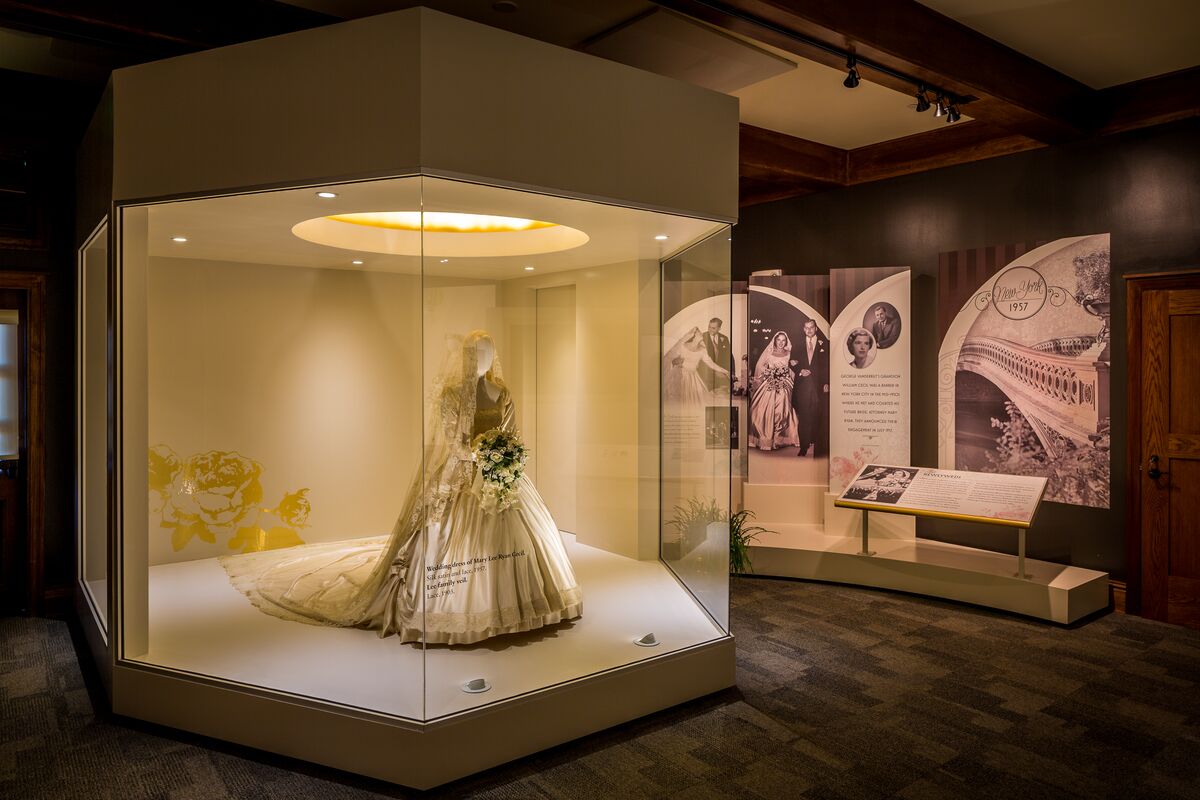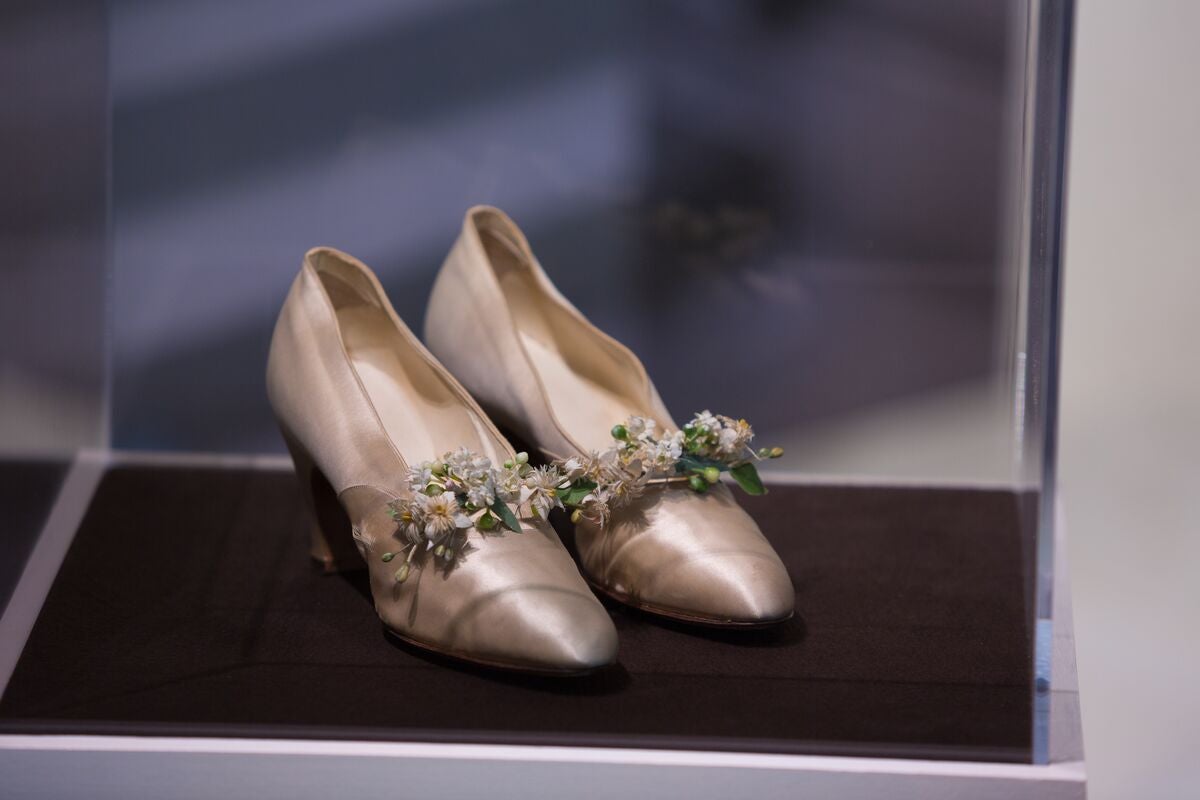Chihuly At Biltmore Was On Display From May 17 To October 7, 2018.
Please Enjoy This Archived Content.
Long known as the father of American landscape architecture, Frederick Law Olmsted reached the pinnacle of his professional career with his landscape design for Biltmore–George Vanderbilt’s magnificent private estate.
 A vision for the future
A vision for the future
In addition to developing the extensive plans for Biltmore, Olmsted was a true visionary–looking ahead more than a century to understand how his designs would mature to create a stunning setting for America’s Largest Home® that future generations would continue to preserve.
From gardens filled with glorious blooms to carefully managed forest lands, Olmsted’s genius is recognized around the world and his contributions to the art and science of landscaping continue to be celebrated.
 The success of Olmsted’s protégées is also directly attributable to his mentorship, from Biltmore’s first forest manager Gifford Pinchot’s who went on to serve as the first chief of the U.S. Department of Agriculture Forest Service to Chauncey Beadle, Biltmore’s estate supervisor who managed and nurtured Olmsted’s designs for more than 50 years.
The success of Olmsted’s protégées is also directly attributable to his mentorship, from Biltmore’s first forest manager Gifford Pinchot’s who went on to serve as the first chief of the U.S. Department of Agriculture Forest Service to Chauncey Beadle, Biltmore’s estate supervisor who managed and nurtured Olmsted’s designs for more than 50 years.
Masterpieces in gardens and glass
From May 17–October 7, 2018, Biltmore will host Chihuly at Biltmore, the first-ever art exhibition in our historic gardens. This exhibition features the works of globally-renowned artist Dale Chihuly set in the living backdrop of gardens that remain true to Frederick Law Olmsted’s design intent.
Just as Olmsted is known as a leader in the development of landscape architecture, Chihuly is leader in the development of glass as a fine art and he is celebrated for amazing architectural installations combining brilliant colors and striking forms that have entranced viewers worldwide. Chihuly at Biltmore features awe-inspiring artworks in both Biltmore House & Gardens and Antler Hill Village.
Dazzling by daytime, the exhibition sparkles during Chihuly Nights at Biltmore, when the sculptures are illuminated to showcase their spectacular colors and shapes.
 Plan your visit now
Plan your visit now
Chihuly at Biltmore is included in your estate admission. The dramatic experience of Chihuly Nights at Biltmore requires a separate ticket purchase and is offered on select evenings by reservation only.
Featured blog image: Biltmore’s Walled Garden
— First image: Frederick Law Olmsted portrait by John Singer Sargent, located in Second Floor Living Hall of Biltmore House
— Second image: First in Forestry plaque at Biltmore, featuring Gifford Pinchot
— Third image: The Conservatory at Biltmore, which will feature several of Chihuly’s Chandeliers during the exhibition

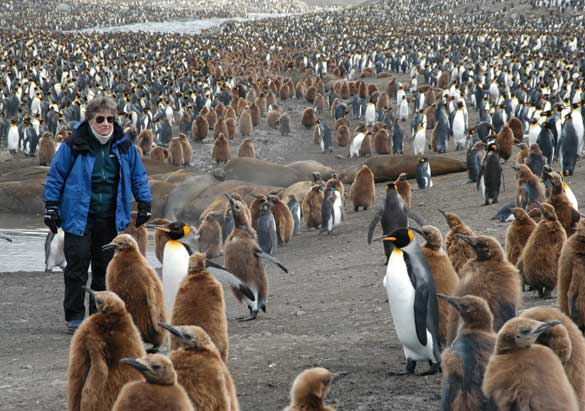
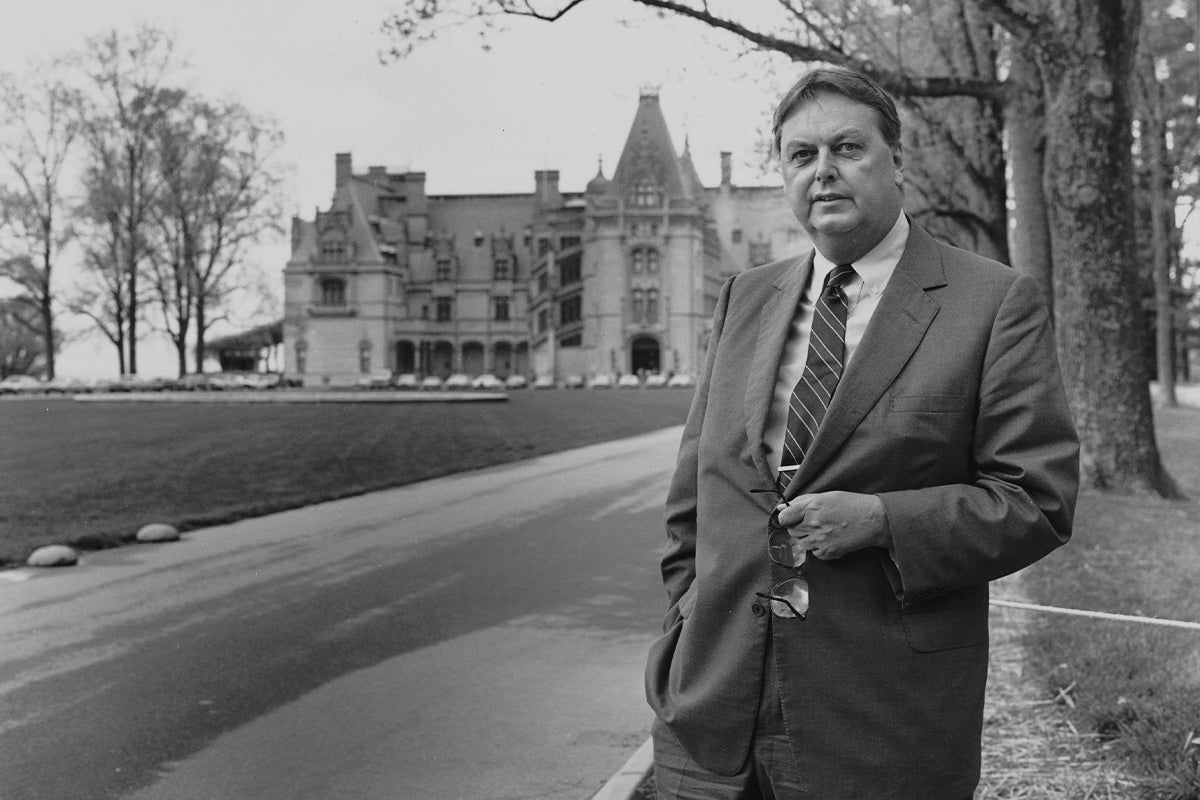

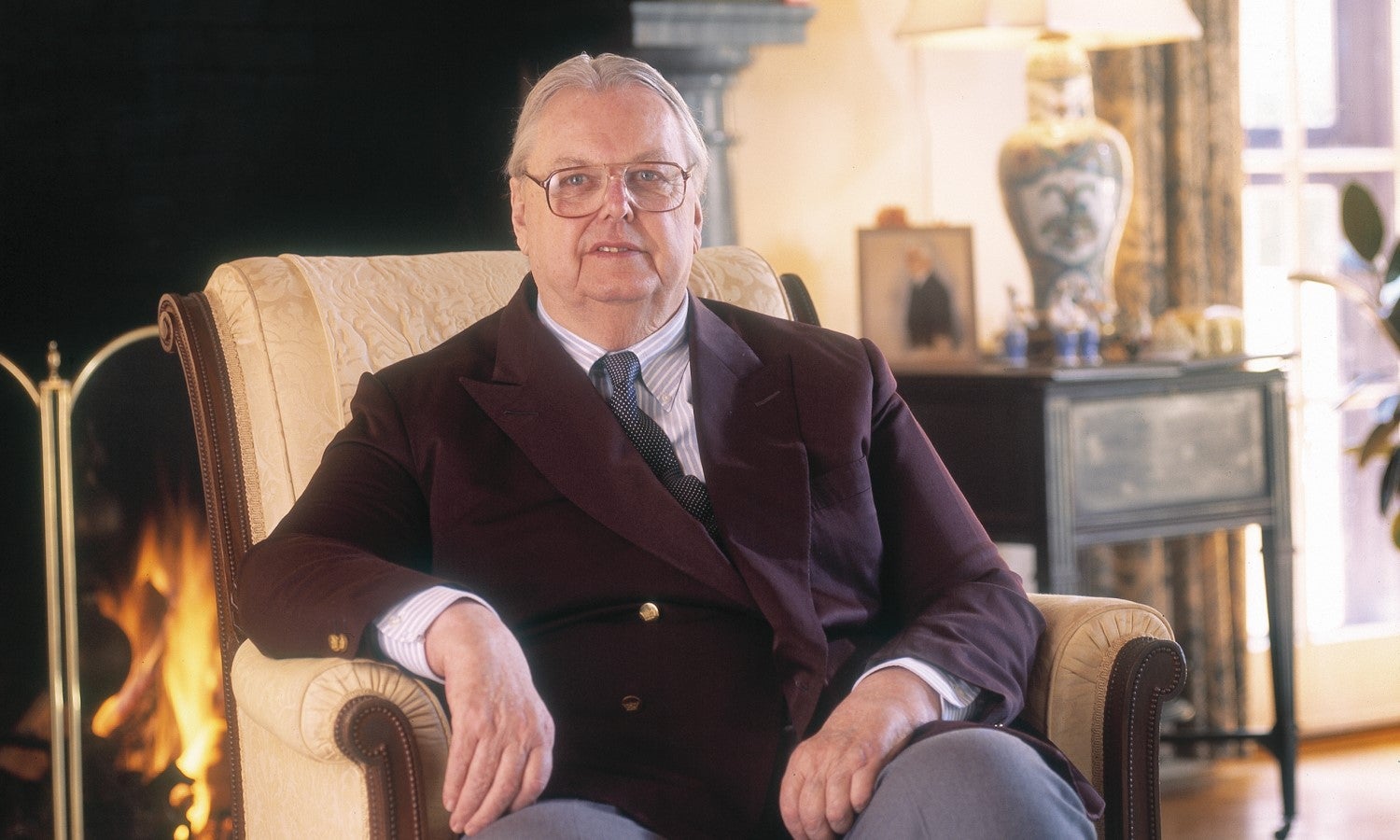
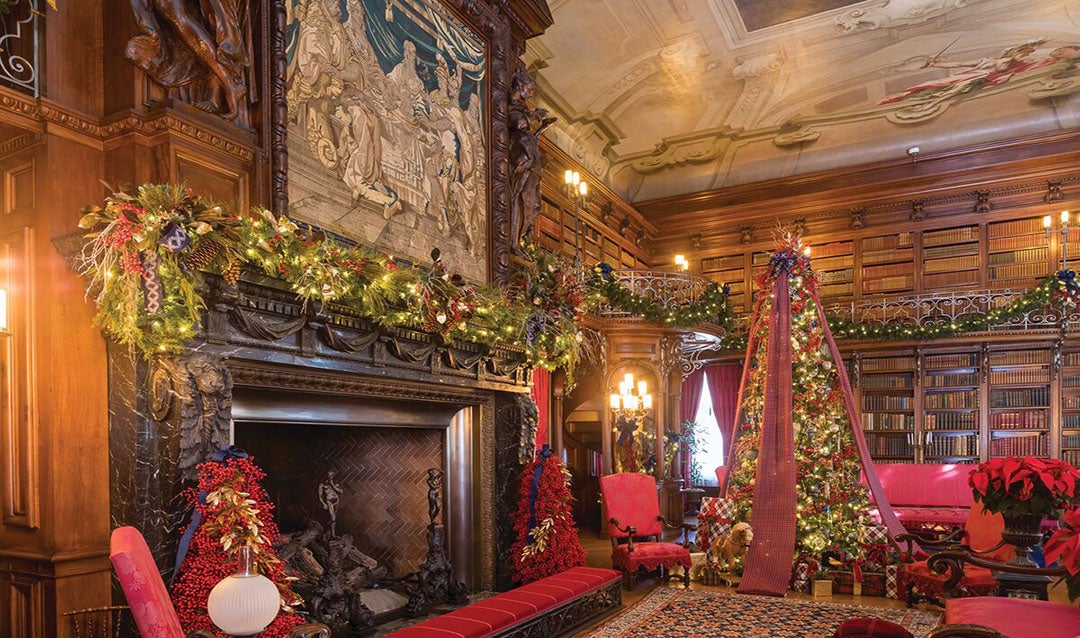
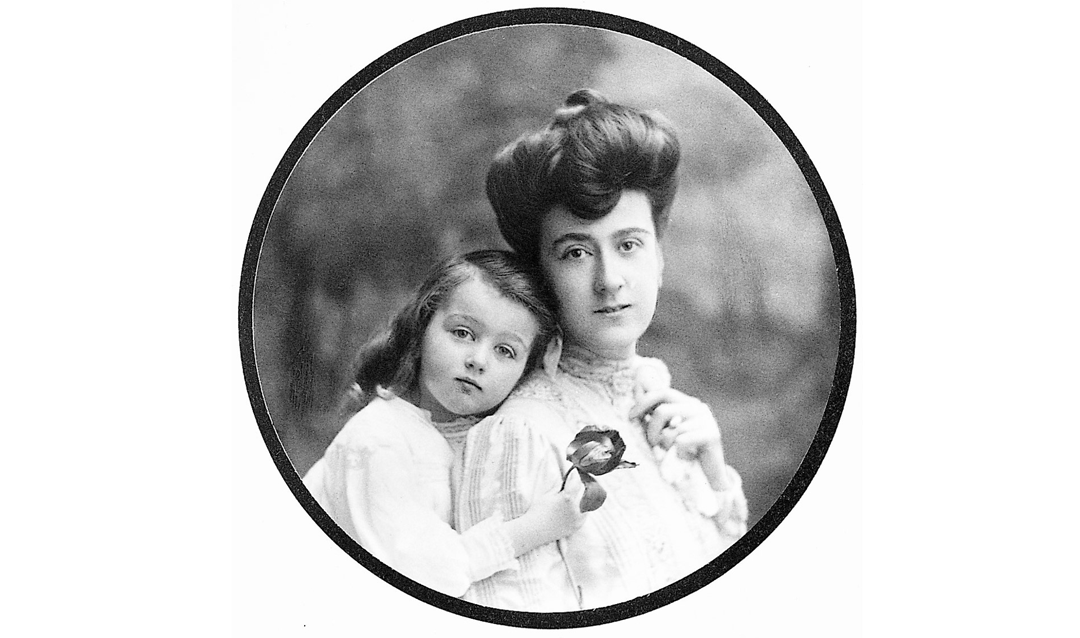
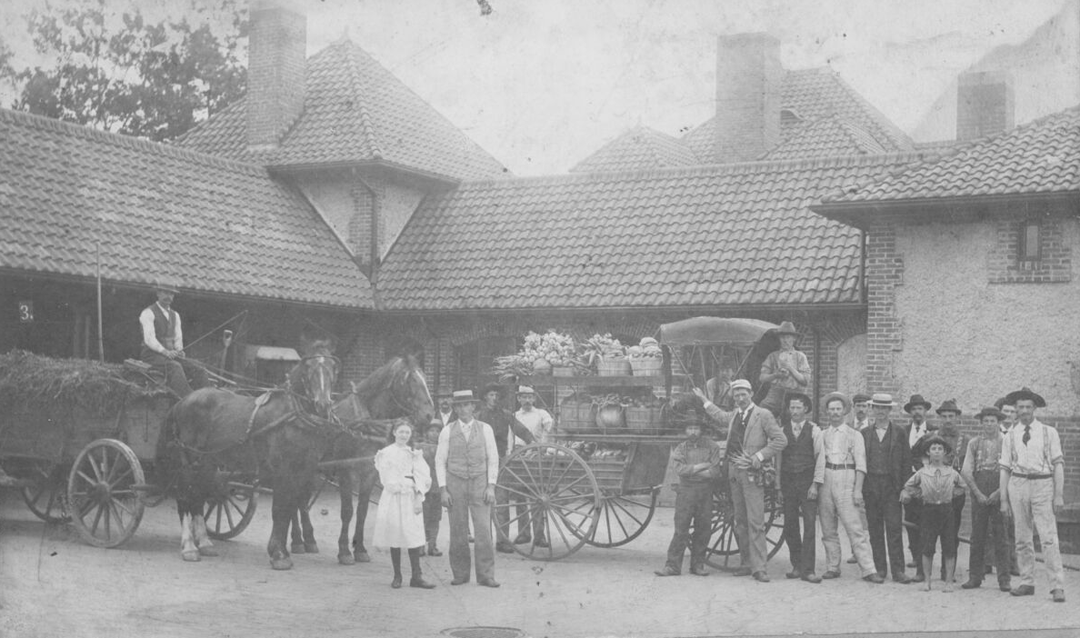
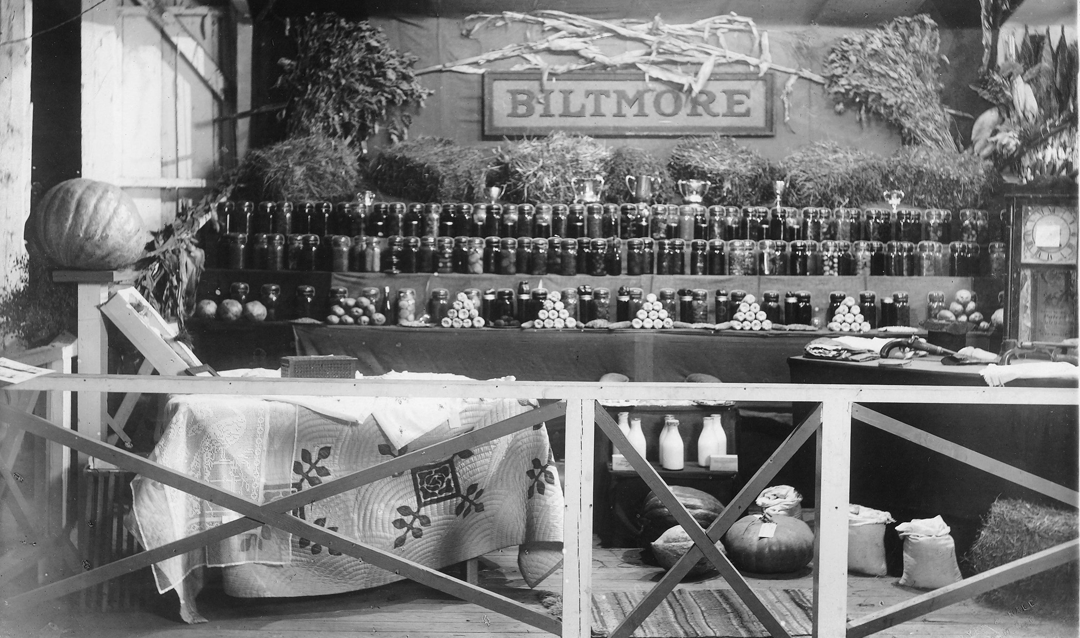
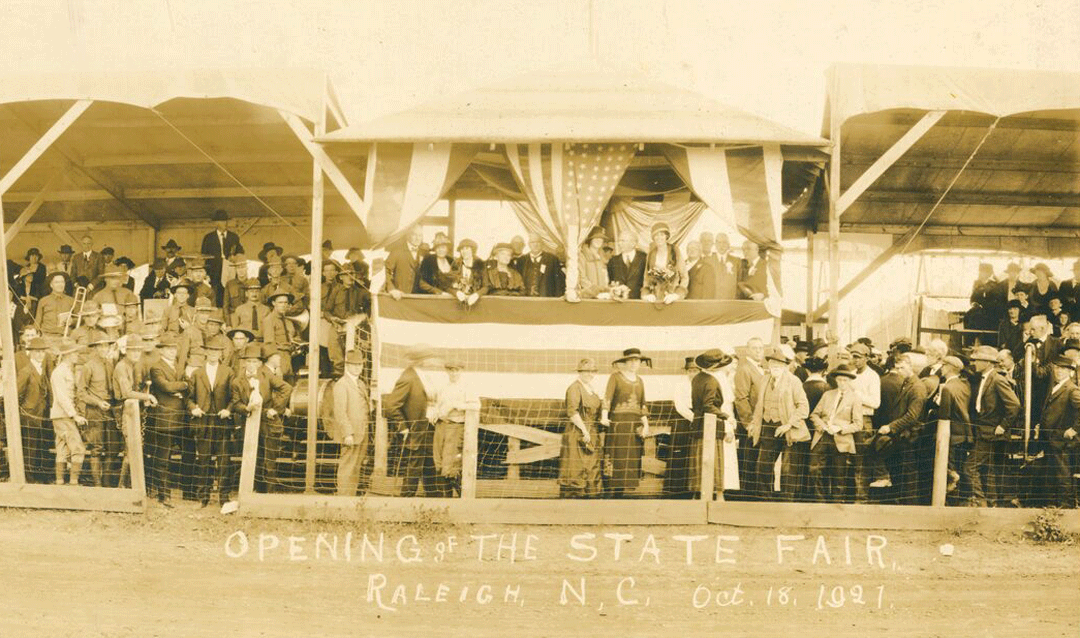
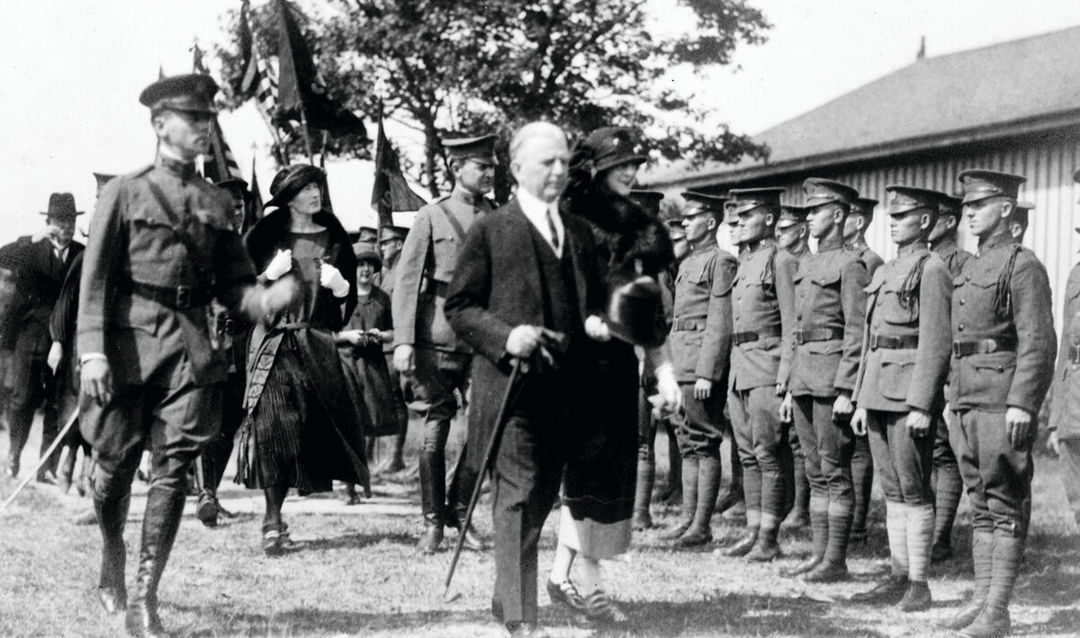
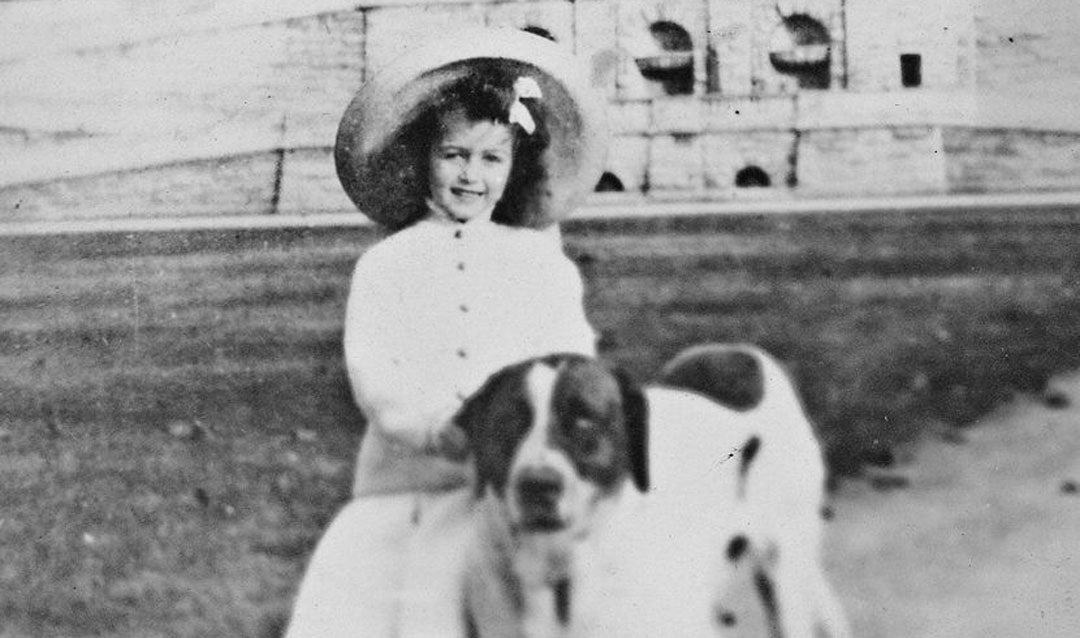
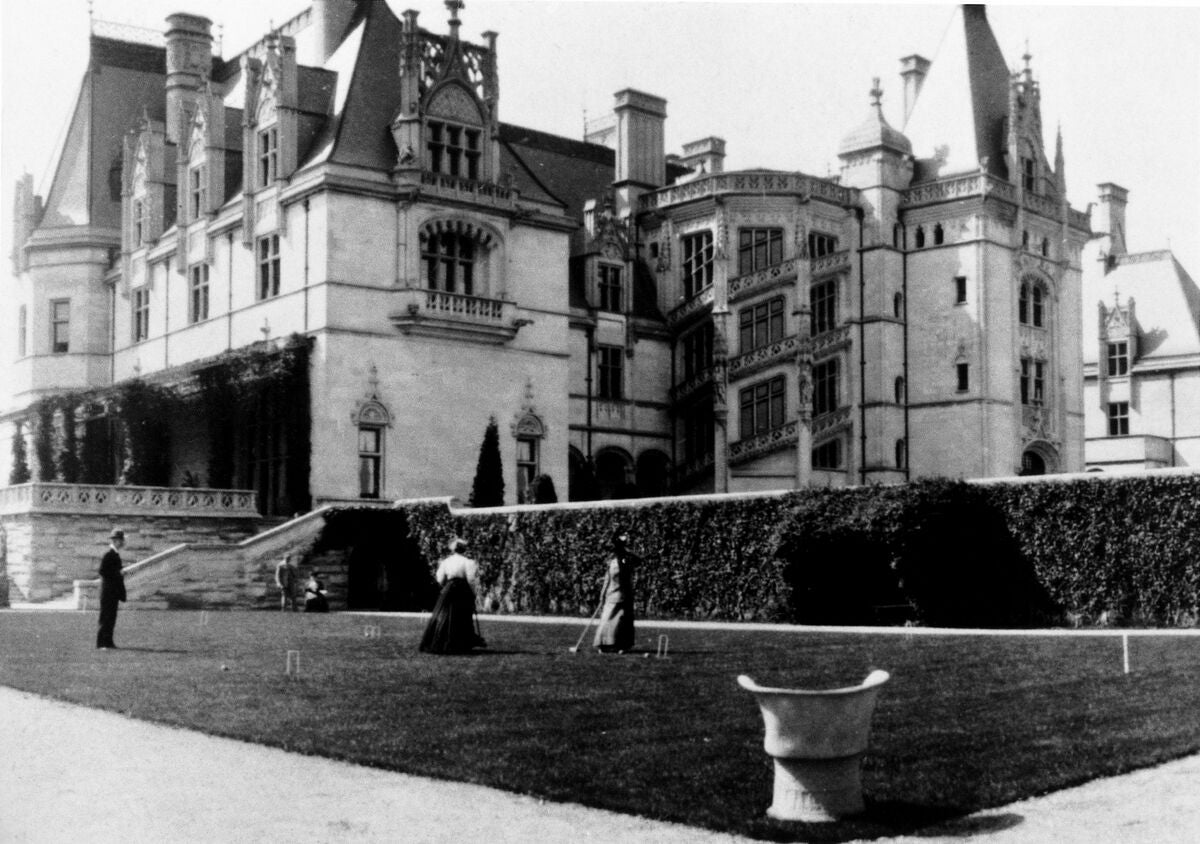
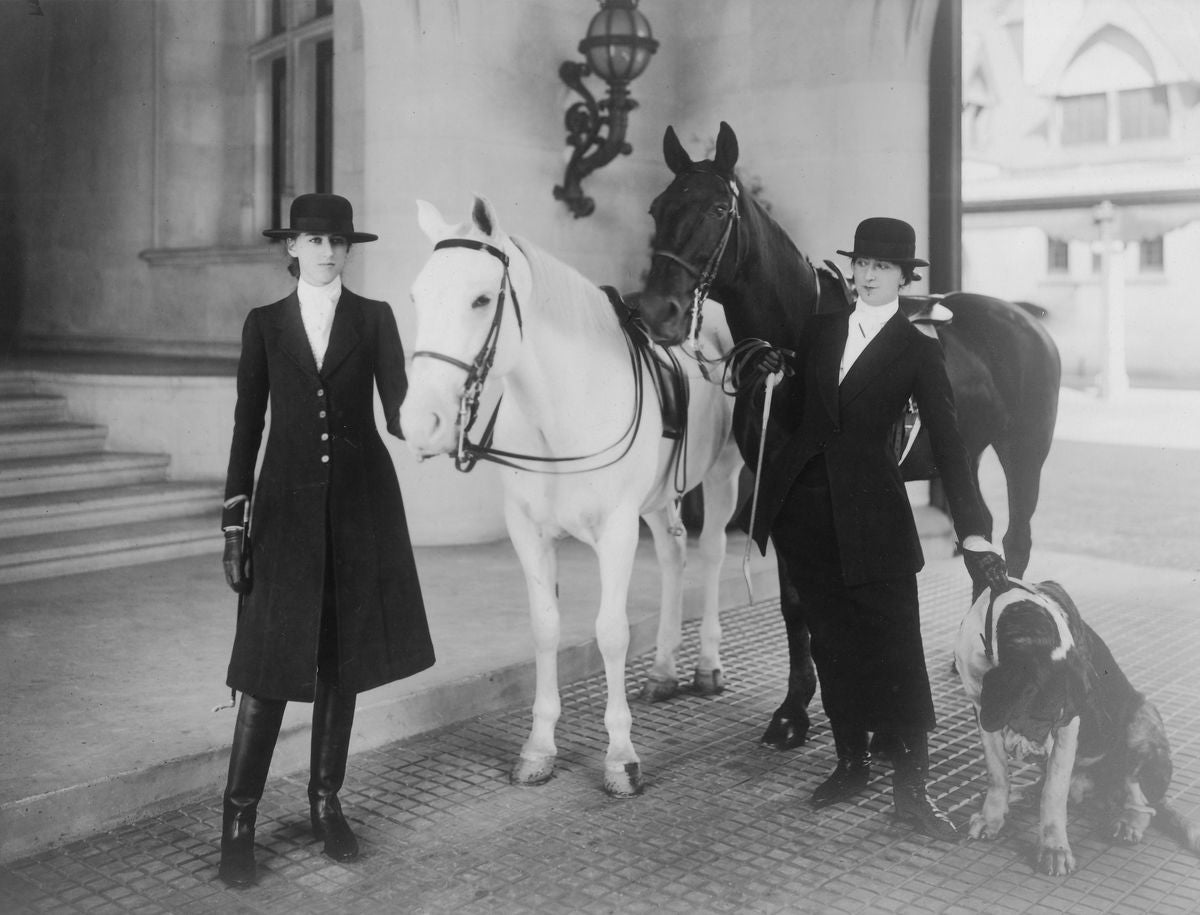
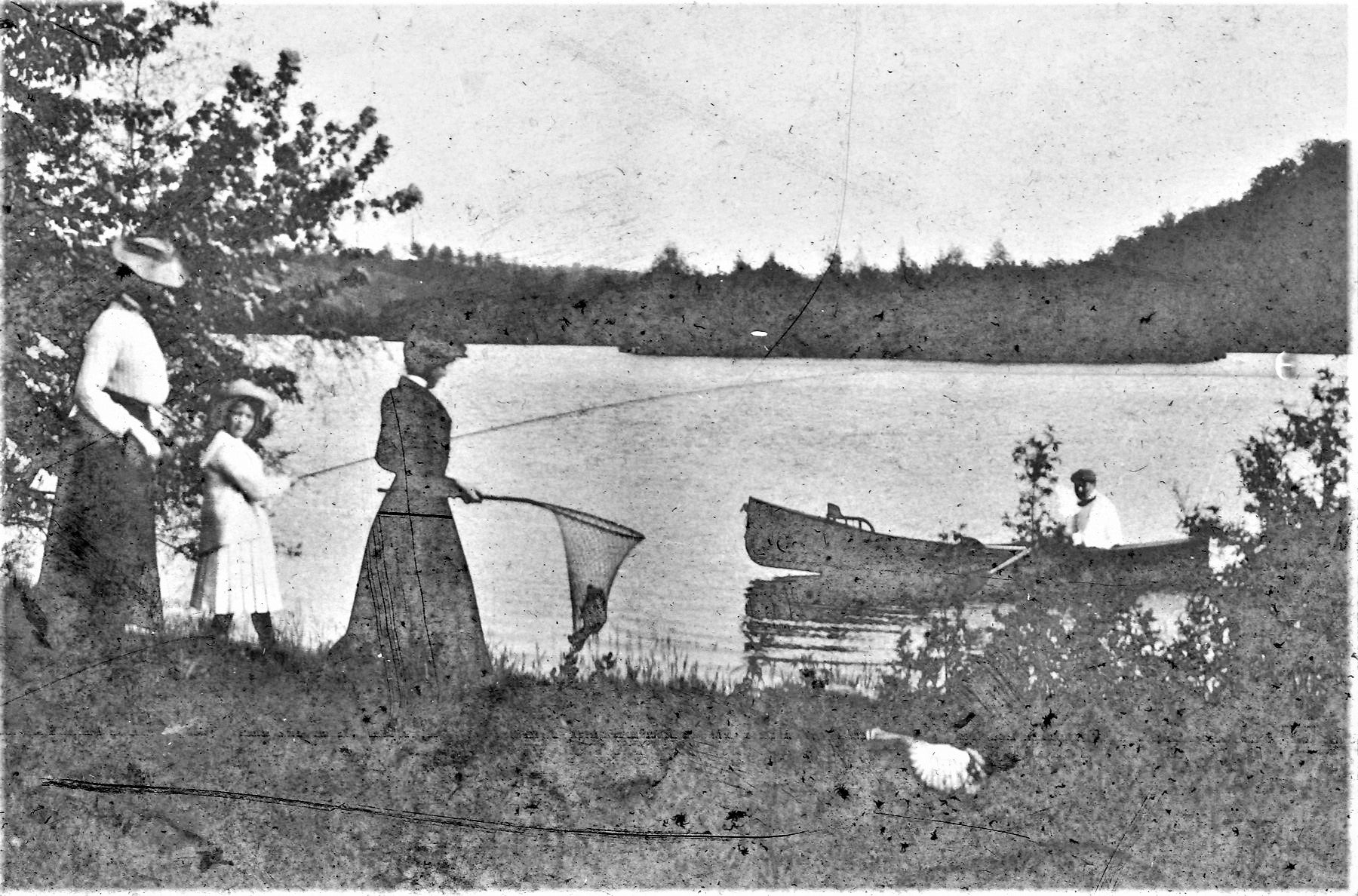
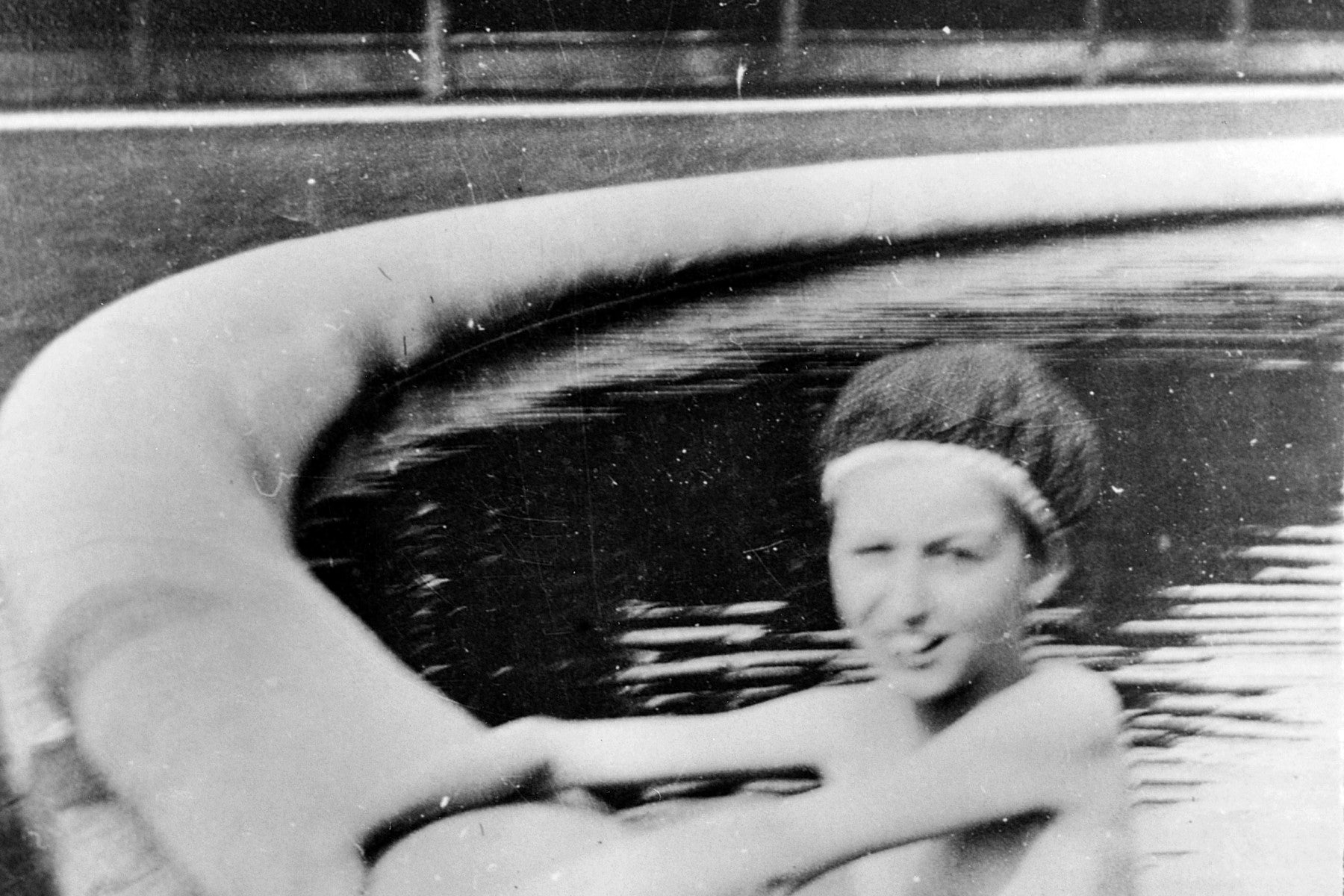
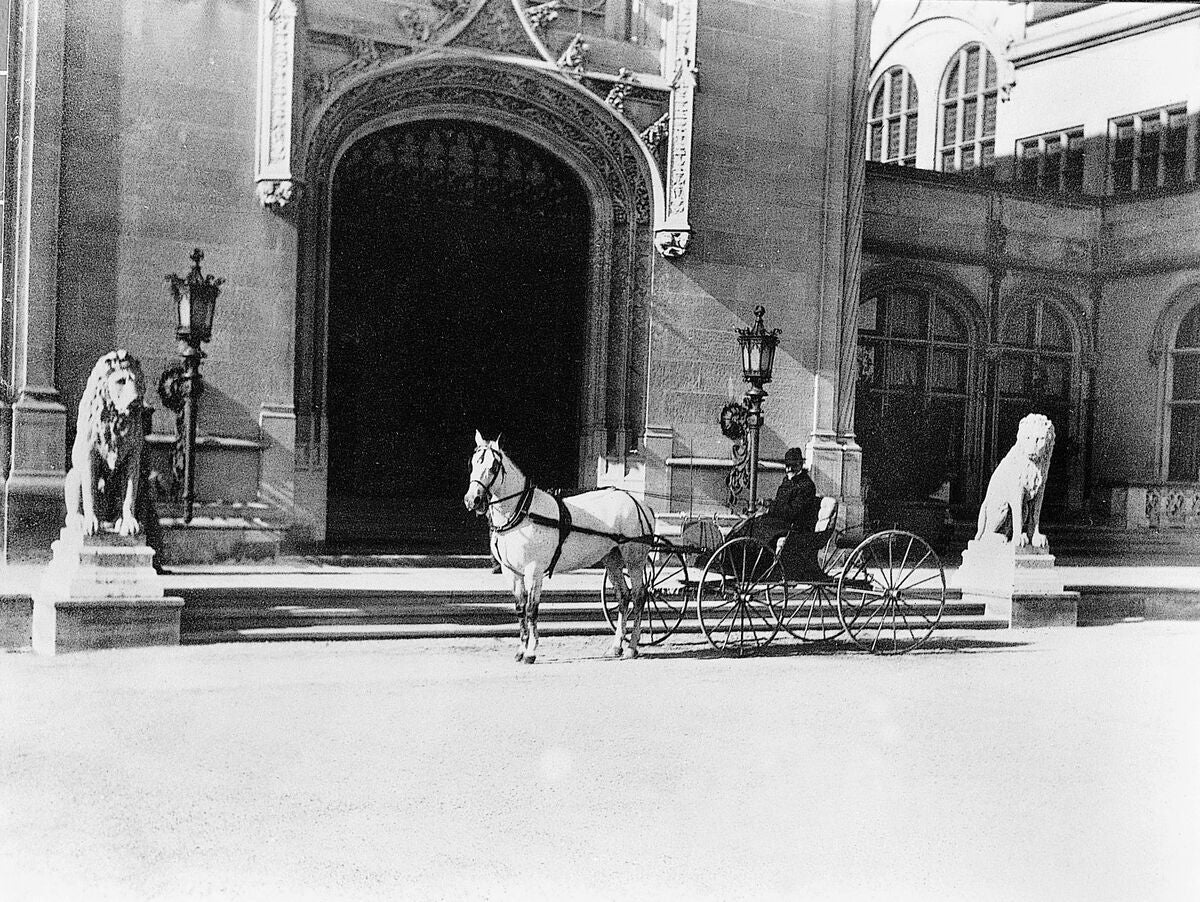
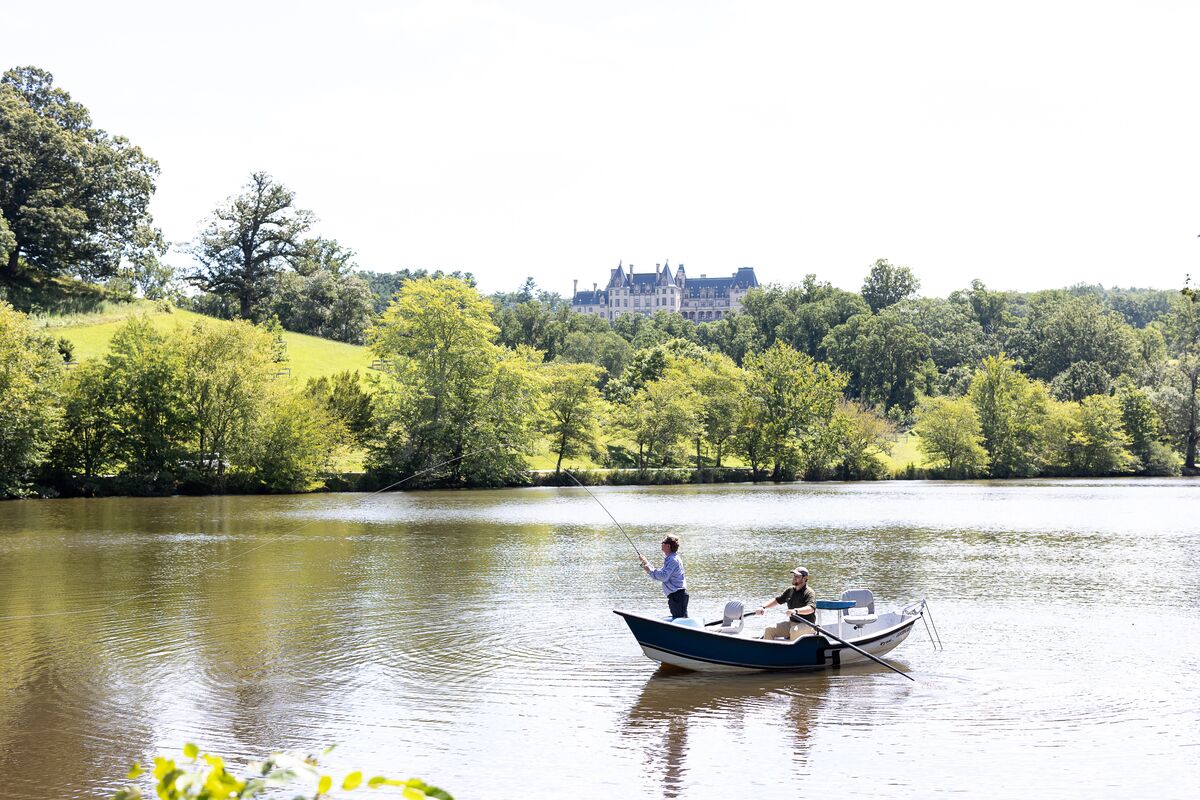
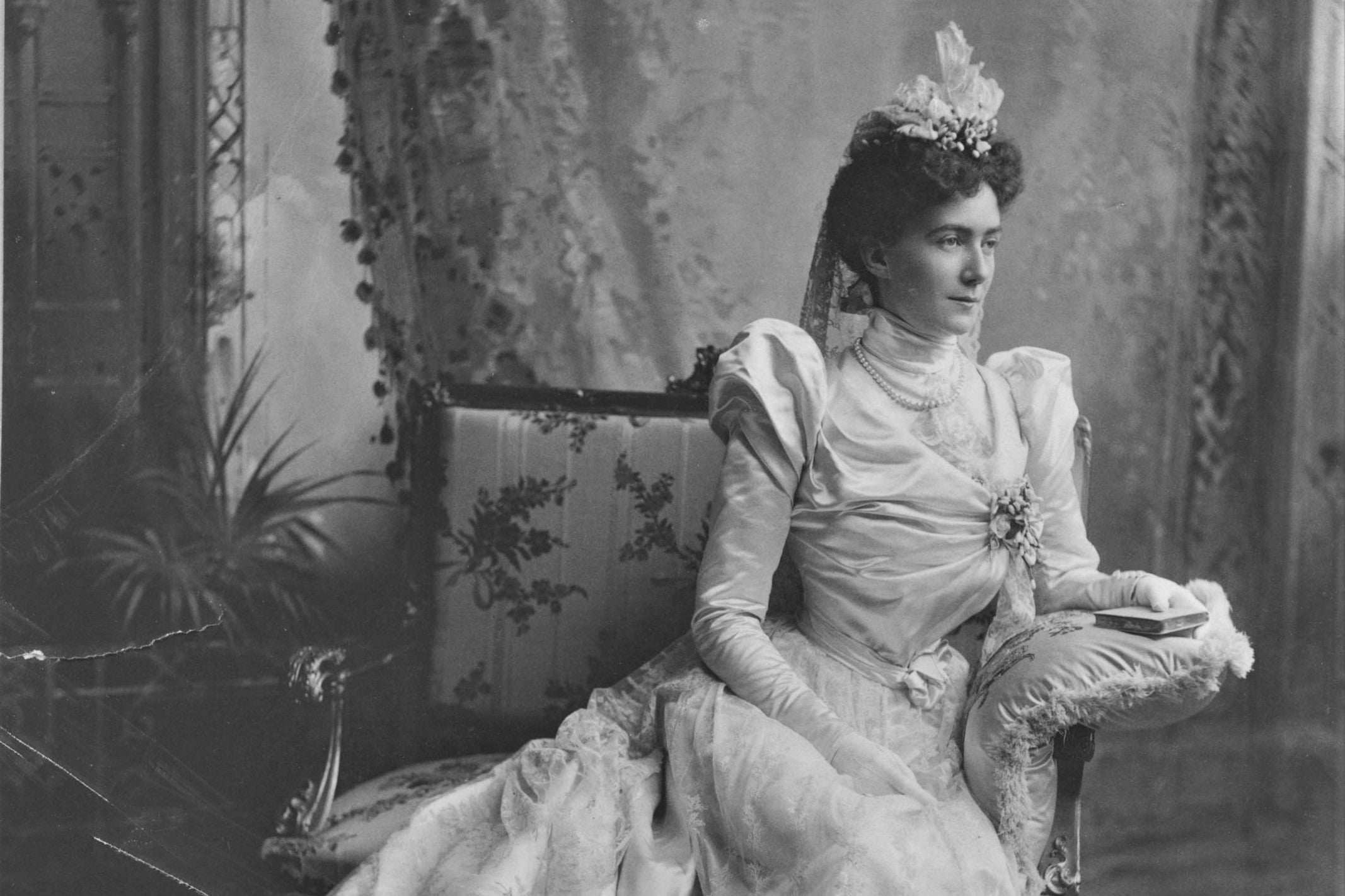
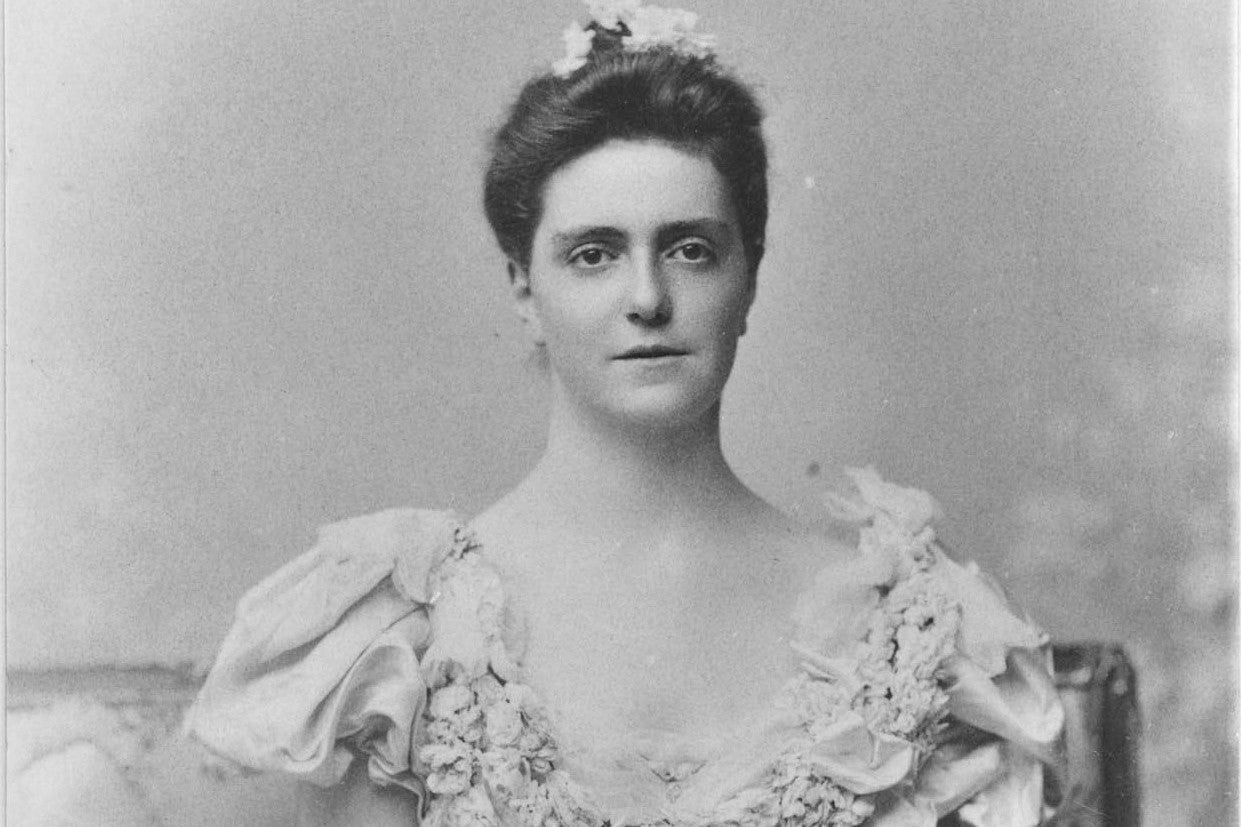
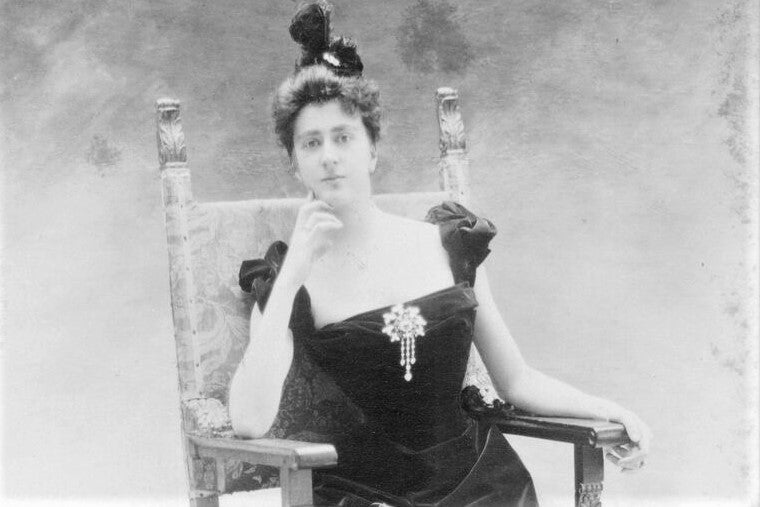
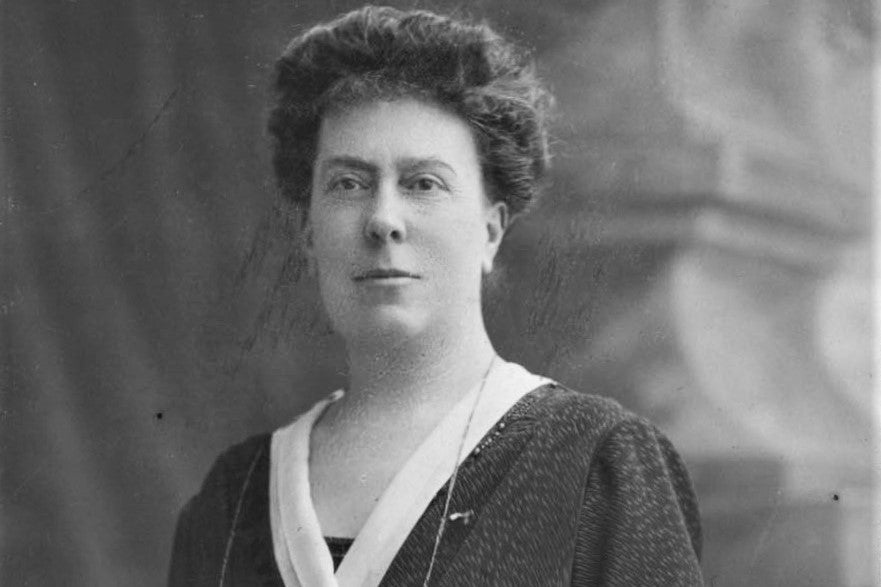
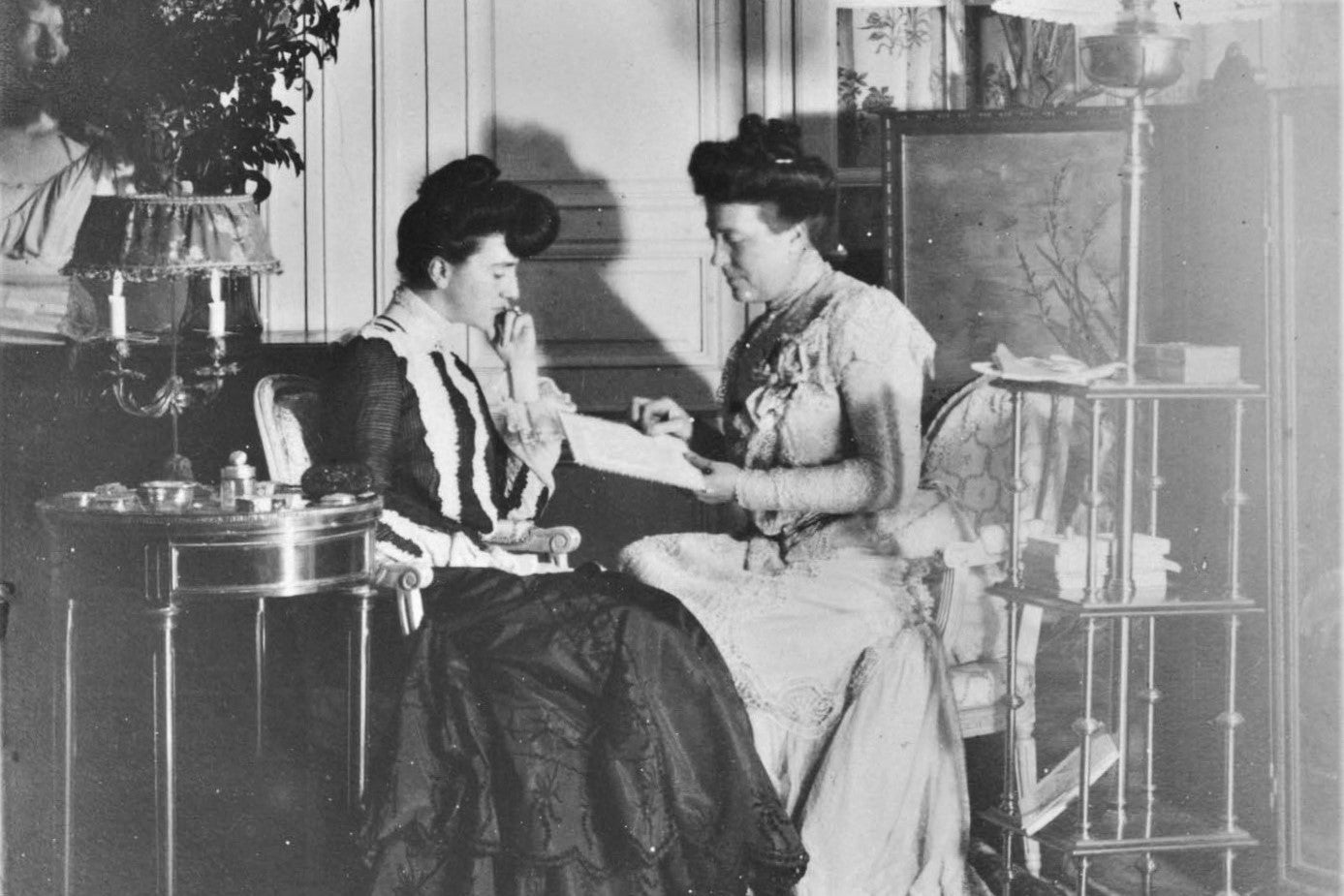



 Herter Brothers bookcases; Third Floor Living Hall at Biltmore
Herter Brothers bookcases; Third Floor Living Hall at Biltmore
 Deerpark Restaurant at Biltmore
Deerpark Restaurant at Biltmore